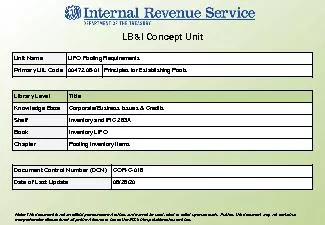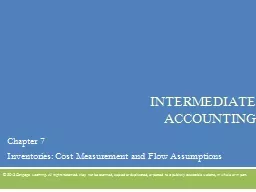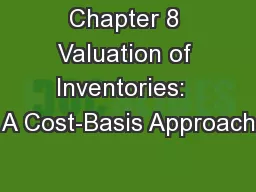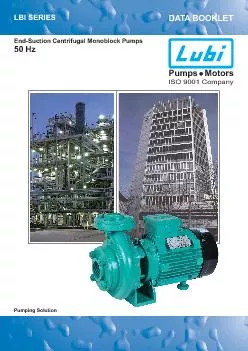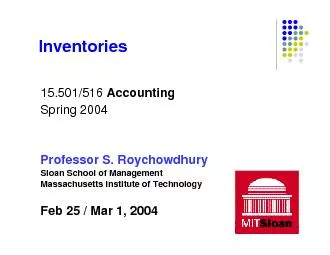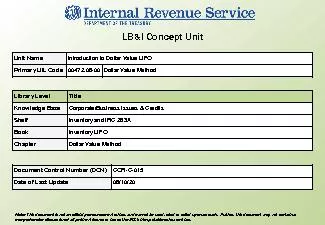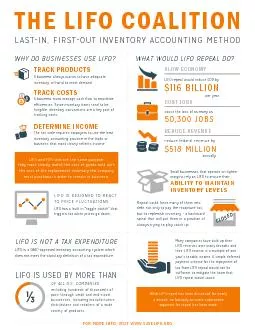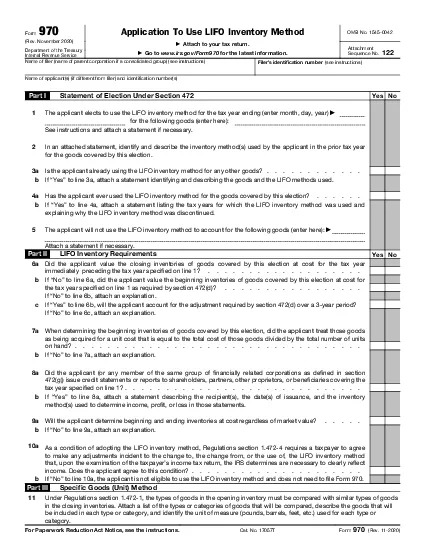PDF-LBI Concept UnitUnit Name LIFO Pooling Requirements Primary UIL Code
Author : ava | Published Date : 2021-07-06
Document Control Number DCN CORC018 Date of Last Update 062620 Note This document is not an official pronouncement of law and cannot be used cited or relied upon
Presentation Embed Code
Download Presentation
Download Presentation The PPT/PDF document "LBI Concept UnitUnit Name LIFO Pooling R..." is the property of its rightful owner. Permission is granted to download and print the materials on this website for personal, non-commercial use only, and to display it on your personal computer provided you do not modify the materials and that you retain all copyright notices contained in the materials. By downloading content from our website, you accept the terms of this agreement.
LBI Concept UnitUnit Name LIFO Pooling Requirements Primary UIL Code: Transcript
Download Rules Of Document
"LBI Concept UnitUnit Name LIFO Pooling Requirements Primary UIL Code"The content belongs to its owner. You may download and print it for personal use, without modification, and keep all copyright notices. By downloading, you agree to these terms.
Related Documents

